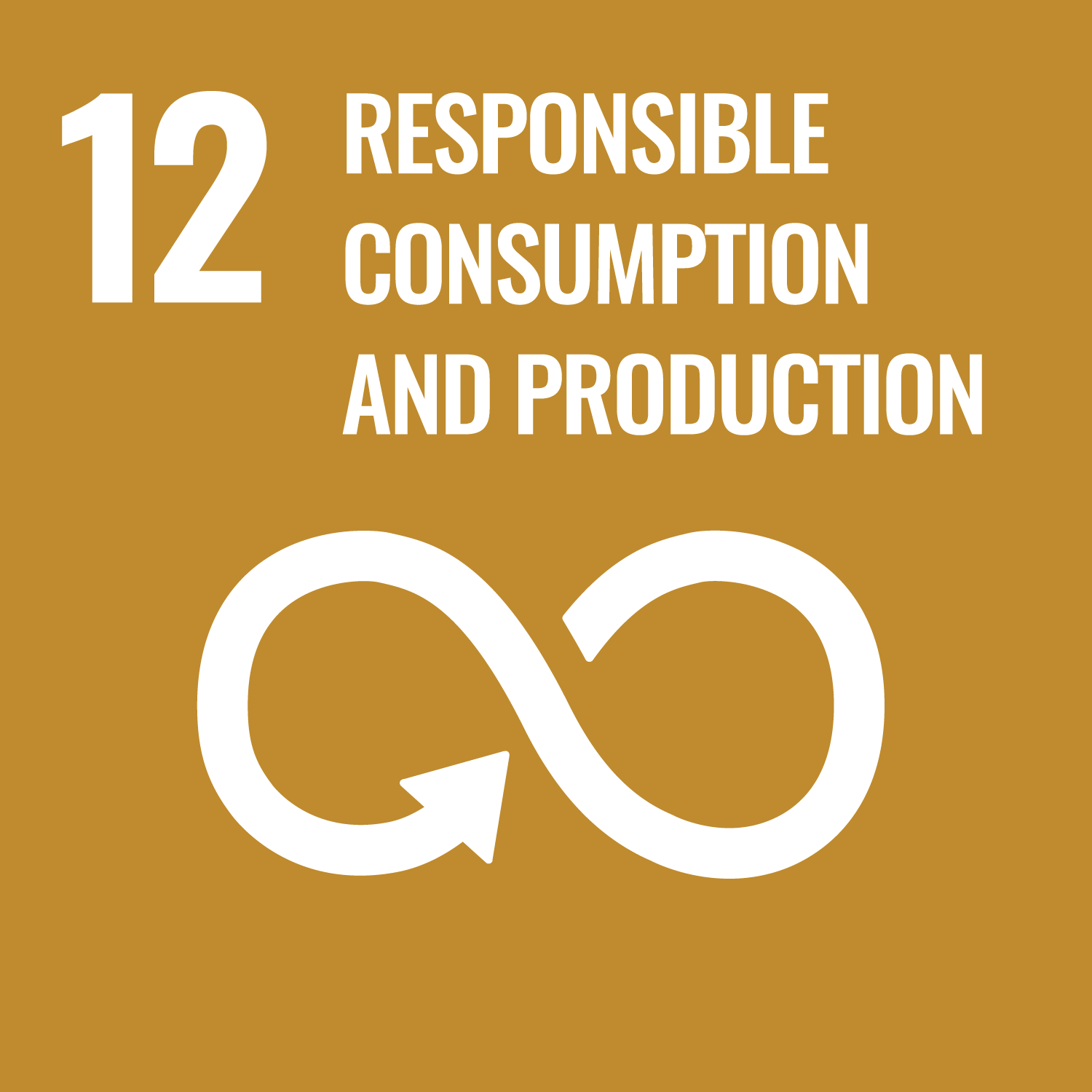Semple, A. and Pandhal, J. (2025) Engineering the phycosphere: fundamental concepts and tools for the bottom-up design of microalgal-bacterial consortia. Applied Phycology, 6 (1). pp. 21-51. ISSN: 2638-8081
Abstract
Microalgae are a promising platform for the sustainable production of high-value compounds, while also serving as robust degraders of toxic pollutants that accumulate in industrial waste streams. As synthetic biologists continue to optimize microalgae so that they can compete with conventional microbial hosts, a major limitation is the compromised central metabolism, following the transformation of heterologous pathways that interfere with the distribution of cellular resources. The co-cultivation of microorganisms, including microalgae with bacteria, has emerged as a branch of synthetic biology, with the rationale that distributing the metabolic burden inflicted by degradation and synthesis processes can aid in alleviating cellular stress, while polycultures can also reduce susceptibility to contamination. Furthermore, microalgae and bacteria have co-evolved to share resources in many aquatic ecosystems, playing a pivotal role in nutrient cycling. Recent studies of these symbioses have revealed the exchange of diverse growth-promoting probiotics, ranging from vitamins and metals that act as co-substrates, to amino acids and small metabolite infochemicals which dictate population-level shifts in phenotype. The interface of these interactions is termed the phycosphere, a dynamic hotspot for symbiotic relationships, which are transient in nature, highlighting the difficulty of establishing stable consortia fit for industrial use. Therefore, the development of microbial interaction screens and assays for identifying strains and optimizing culture conditions is important for establishing synthetic microalgae and bacteria consortia suited to desired functions. Equally important is the application of meta-omics tools to decipher functional interactions, revealing targets for improving functionality and stability. Here, we review the current understanding of interactions in the microalgal microbiome, as well as bottom-up alga-bacteria co-culture design. We finish with perspectives on the potential for engineering the phycosphere for industrial applications, where there is an increasing need for sustainable methods for manufacturing using resources from waste and adopting a circular economy.
Metadata
| Item Type: | Article |
|---|---|
| Authors/Creators: |
|
| Copyright, Publisher and Additional Information: | © 2024 The Author(s). Published by Informa UK Limited, trading as Taylor & Francis Group. This is an Open Access article distributed under the terms of the Creative Commons Attribution License (http://creativecommons.org/licenses/by/4.0/), which permits unrestricted use, distribution, and reproduction in any medium, provided the original work is properly cited. The terms on which this article has been published allow the posting of the Accepted Manuscript in a repository by the author(s) or with their consent. |
| Keywords: | Bacteria; bioremediation; co-cultures; microalgae; quorum sensing; phycosphere; screening |
| Dates: |
|
| Institution: | The University of Sheffield |
| Academic Units: | The University of Sheffield > Faculty of Engineering (Sheffield) > Department of Chemical and Biological Engineering (Sheffield) |
| Funding Information: | Funder Grant number Engineering and Physical Sciences Research Council EP/X021440/1 |
| Date Deposited: | 16 Jan 2025 15:36 |
| Last Modified: | 25 Nov 2025 14:32 |
| Published Version: | https://doi.org/10.1080/26388081.2024.2435040 |
| Status: | Published |
| Publisher: | Taylor & Francis |
| Refereed: | Yes |
| Identification Number: | 10.1080/26388081.2024.2435040 |
| Sustainable Development Goals: | |
| Open Archives Initiative ID (OAI ID): | oai:eprints.whiterose.ac.uk:221388 |

 CORE (COnnecting REpositories)
CORE (COnnecting REpositories) CORE (COnnecting REpositories)
CORE (COnnecting REpositories)